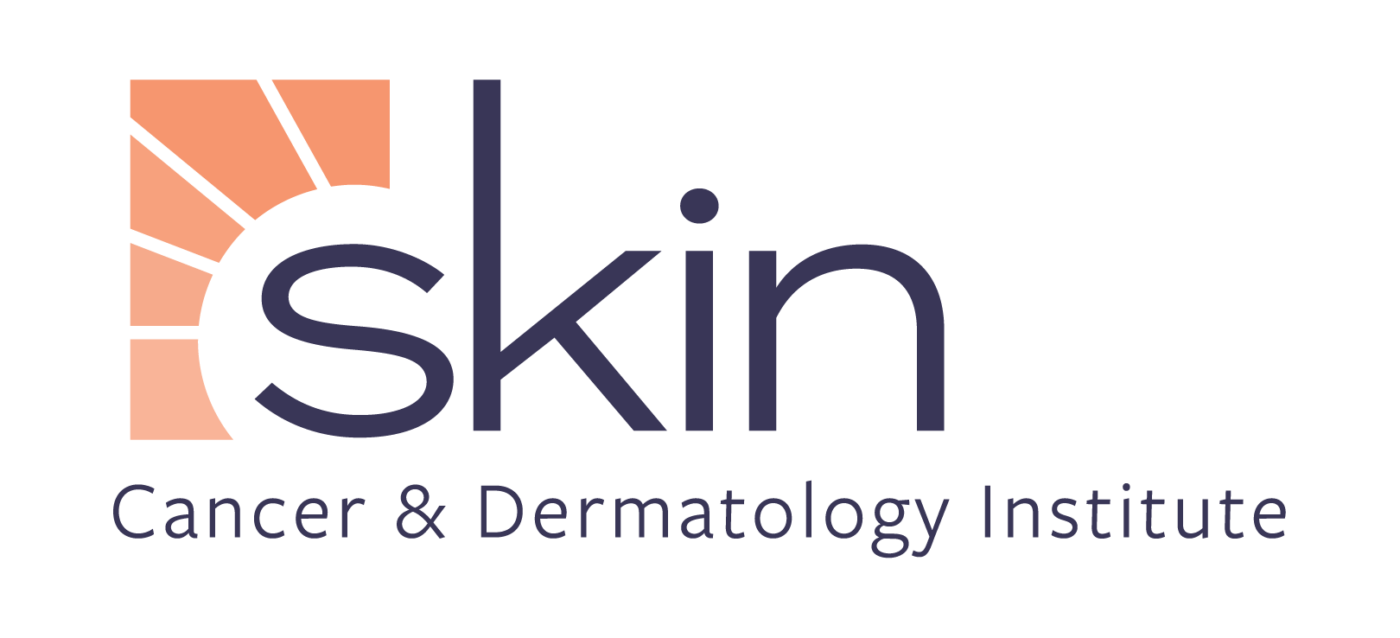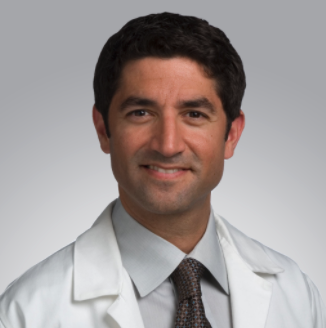At Skin Cancer & Dermatology Institute we believe education creates empowerment about all things related to skin health. During Skin Cancer Awareness Month we share our expert knowledge about skin cancer, preventative measures, and sun safety tips. Today we sit down with Dr. Adam Wallach, Board-Certified Dermatologist, and one of our Medical Providers at our Truckee location for an Ask the Expert talk about America’s most common cancer.
Q: What skin cancer prevention tips do you most often share – other than “wear sunscreen”?
A: Schedule yearly Full Skin Exams with your Dermatologist. For those who have a family history of skin cancer or have previously had skin cancer, you should see your Dermatology Provider more regularly. Perform self-skin exams monthly, perhaps the first of each month, using a full-length mirror and hand-held mirror to see the back of your body as well as the front of your body. While performing the self-exam, ask yourself, “what looks different than the rest?” Finally, wear daily sunscreen every single day, regardless of the weather, time of year, or plan for the day. Reapply it if exposure to the sun is greater than two hours and wear broad brimmed hats instead of baseball hats.
Q: Who is more at risk for skin cancer?
A: I have diagnosed skin cancer in many ethnicities and races, including African American, Indian, Asian, Latin, and Caucasian. However, people with lighter Fitzpatrick skin types, who possess less of the ultraviolet (UV) absorbing skin pigment called melanin (like persons of Anglo-Saxon or Nordic descent), are at relatively higher risk. Interestingly, in those of African or Asian descent, the plantar side of the feet and palmar side of the hands are the most common places for melanoma, where the skin is lighter and contains less melanin.
Q: Can I get a Full Skin Exam as part of my annual physical from my primary provider?
A: Of course, you can, and this can be extremely beneficial in detecting early cancers which are then referred onto Dermatological Providers for treatment. However, if you have many moles or a family history of melanoma, I recommend seeing your Dermatologist who should be able to provide an extra level of certainty about which lesions might require further examination by biopsy. I also emphasize making an annual Full Skin Exam a habit – just like your annual physician or annual dental checkup.
Q: Are sunburns any more dangerous to a young person than an older person?
A: Sunburns that occur early in life are a known risk factor for the future development of skin cancer, but most importantly, these early burns constitute an important risk factor for the future development of malignant melanoma.
Q: To what extent does sun exposure contribute to wrinkles, sunspots, and loss elasticity?
A: Aging is divided into intrinsic and extrinsic factors. Intrinsic aging is the aging that would occur in the absence of external factors. It is determined principally by genetics. In the absence of sun, one would still develop wrinkles because of the loss of collagen and elastin. Sun exposure adds significantly to aging by augmenting the breakdown of collagen and elastin (think wrinkles) in addition to producing sunspots and dilated blood vessels.
Dr. Wallach is a fellow of both the American Academy of Dermatology and American Academy of Dermatologic Surgery. He completed medical school and his post-graduate dermatologic training at NYU School of Medicine. In practice in California since 2001 he practices Medical and Surgical Dermatology for adults and children. He is also well known for performing many cosmetic procedures including the use of facial fillers, KYBELLA®, facial lasers, sclerotherapy as well as performing blepharoplasty or eyelid lift procedures. He and his family call North Lake Tahoe home and are avid fans of the outdoor lifestyle that the Sierras offer. Schedule an appointment with Dr. Wallach here.


